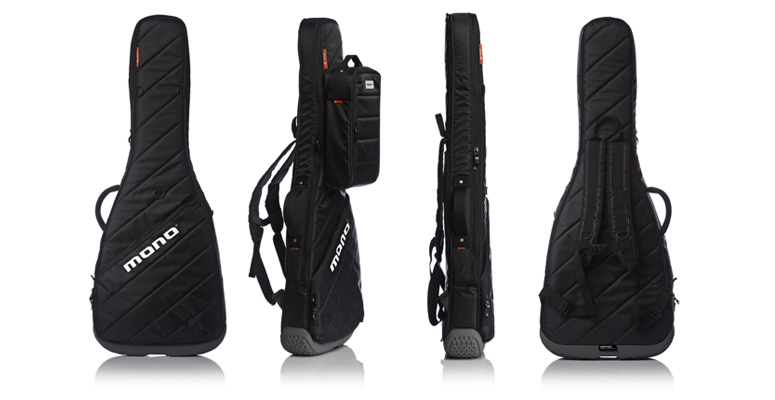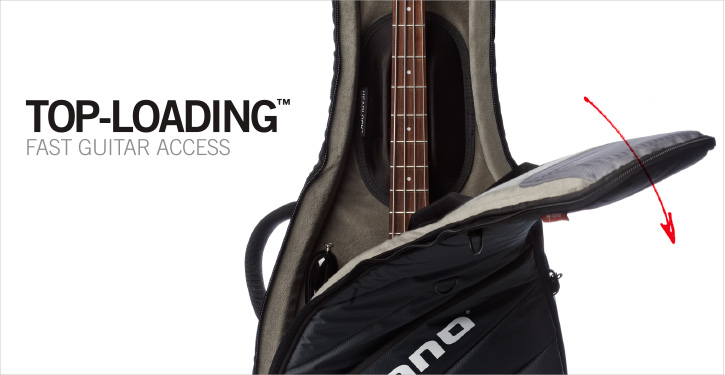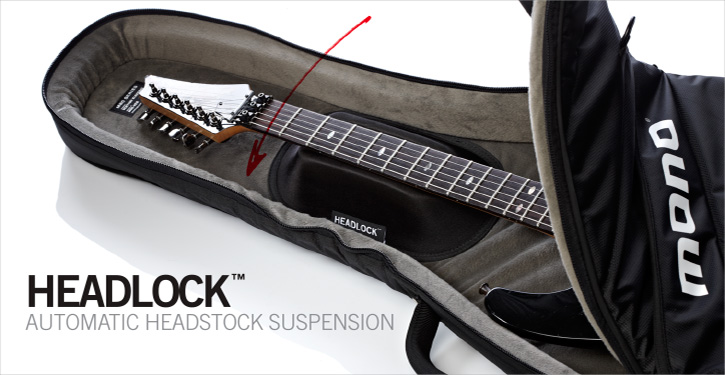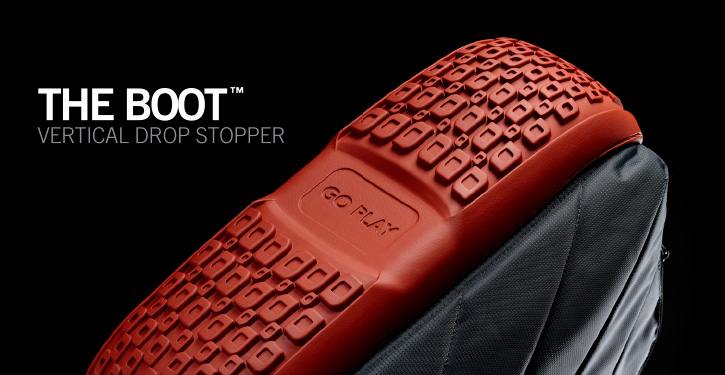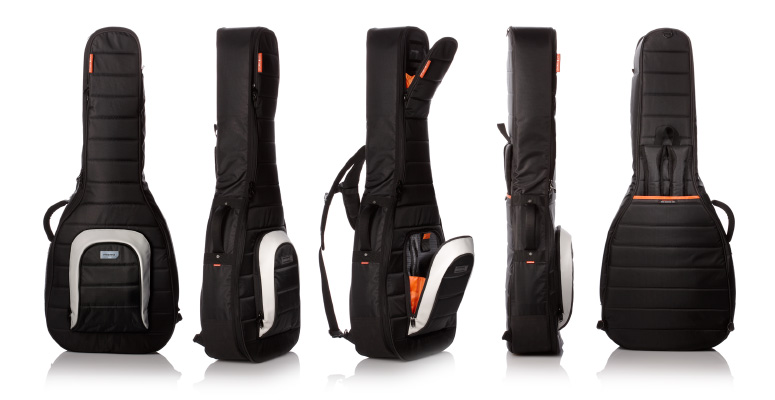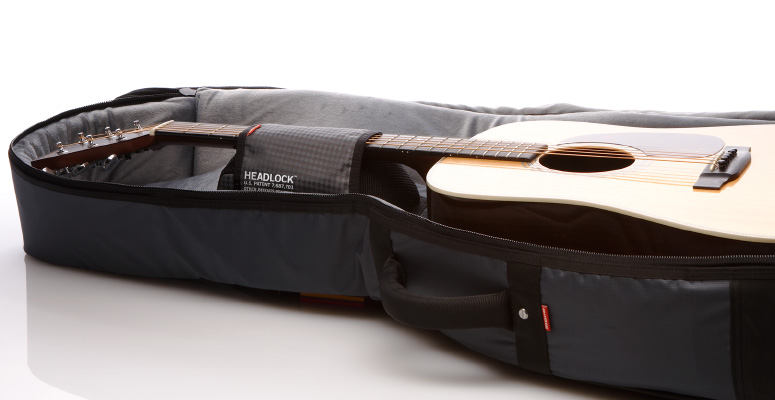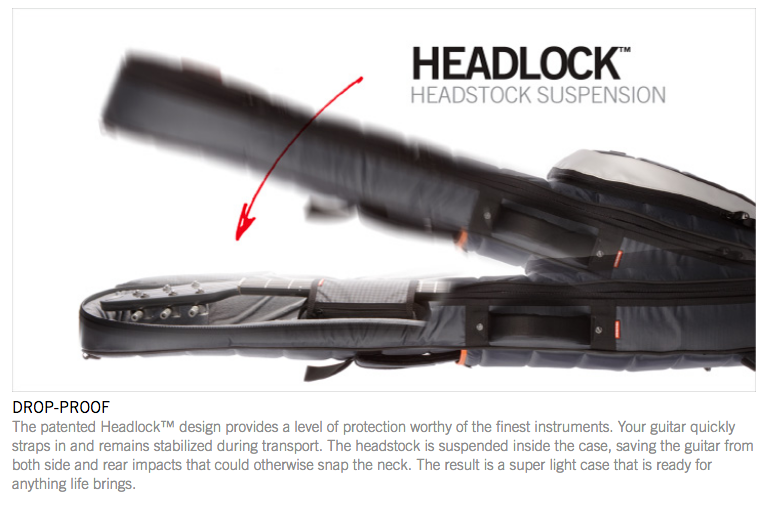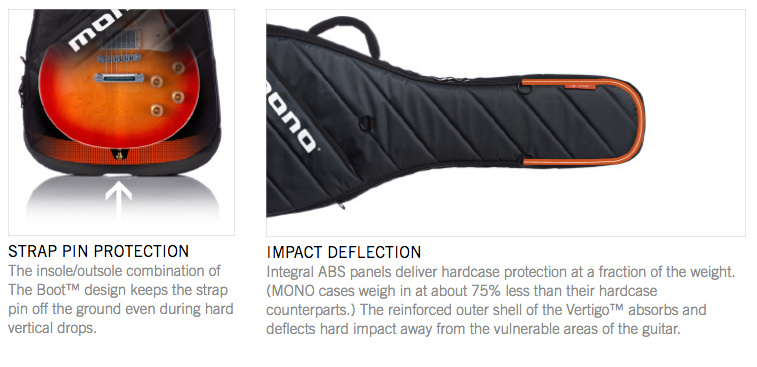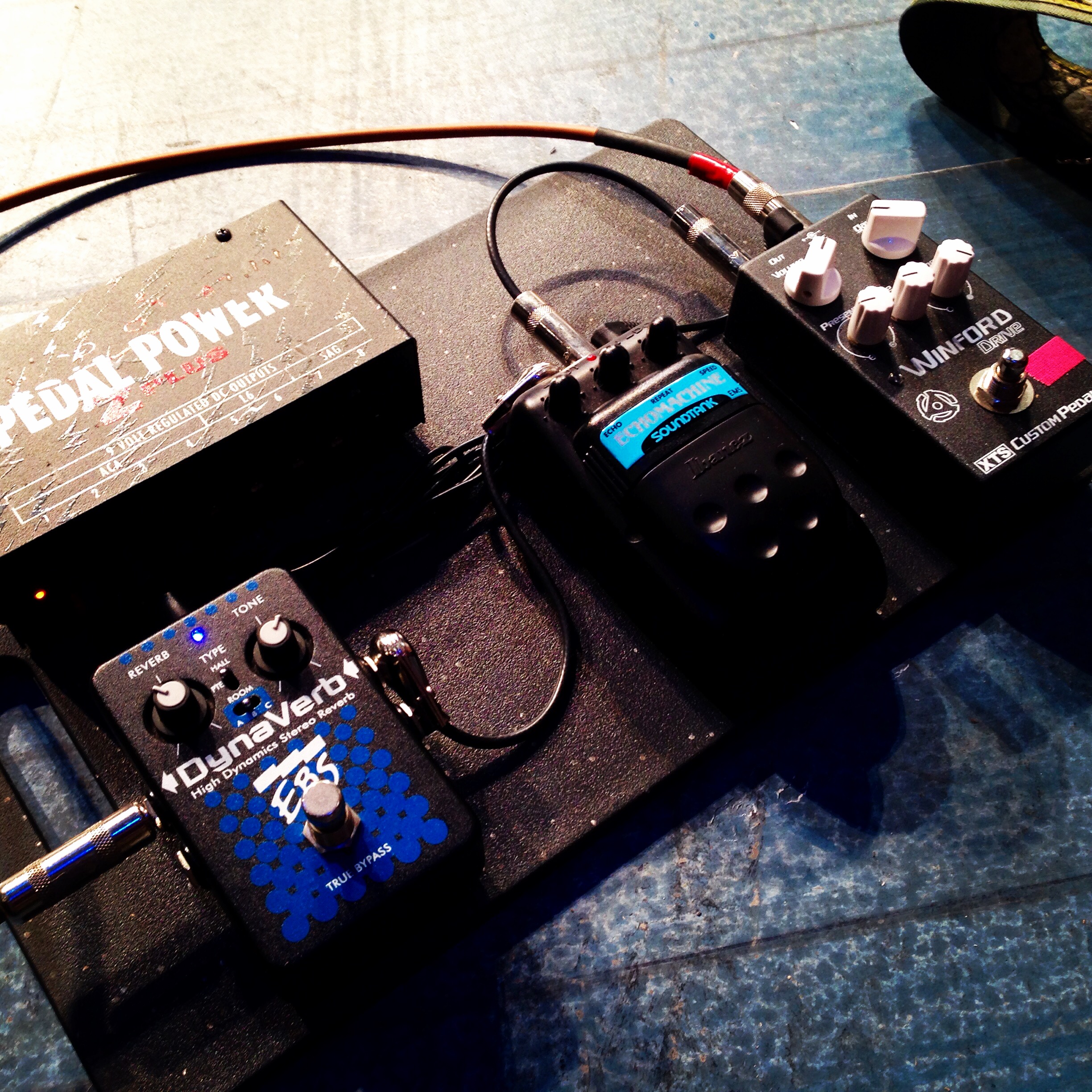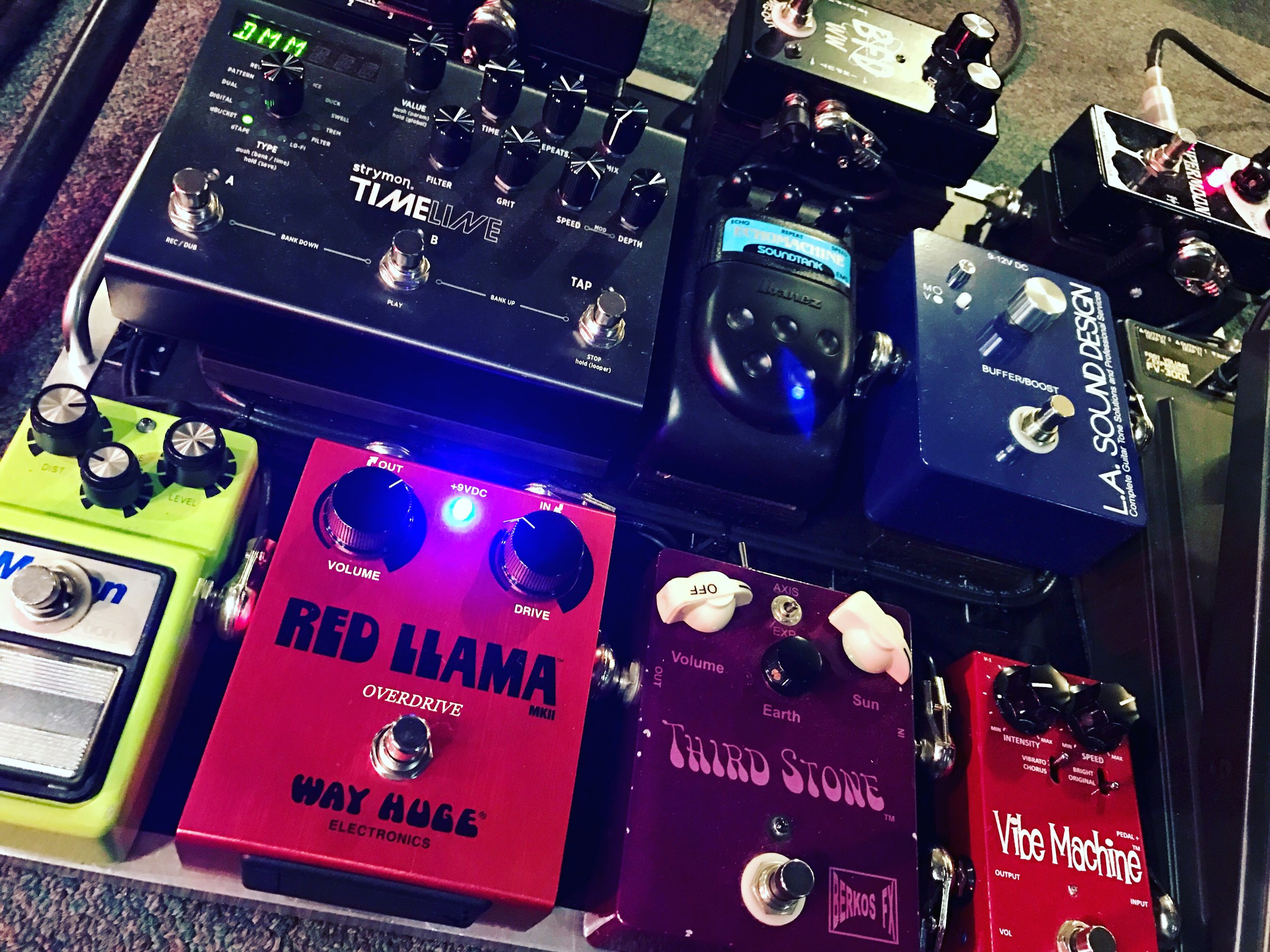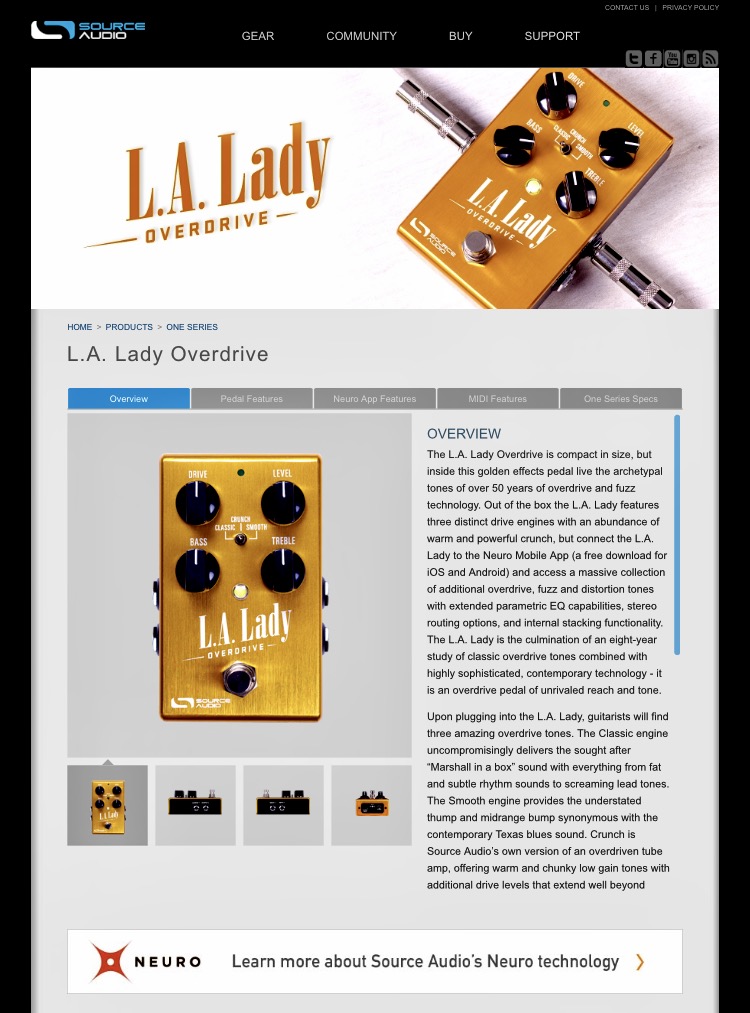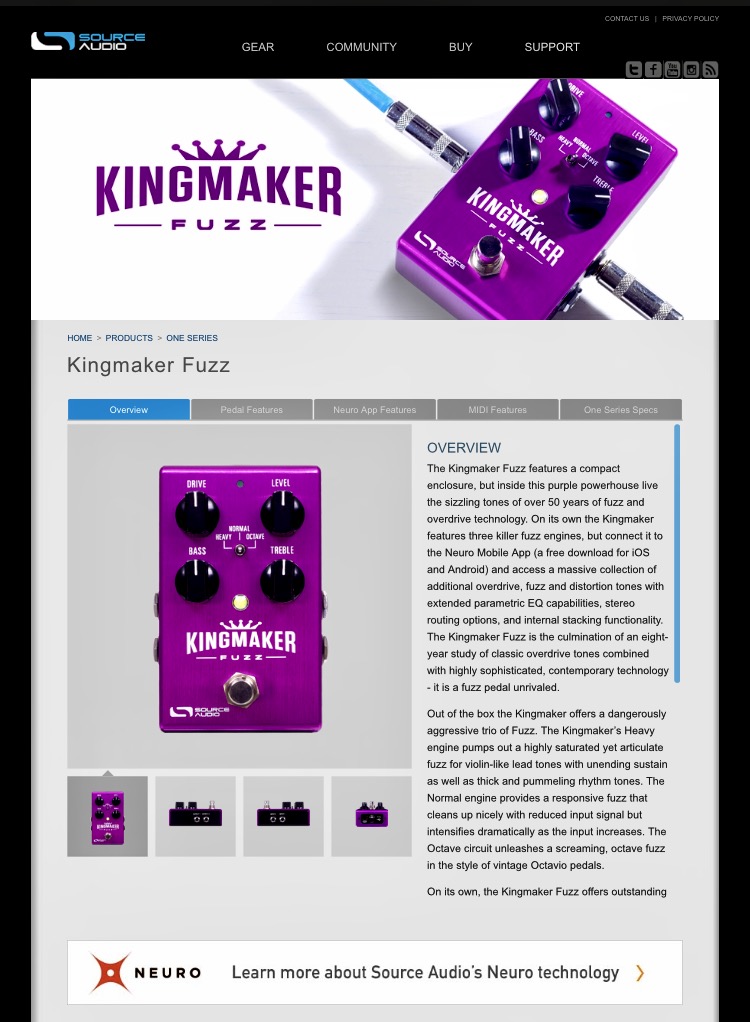Hey friends! Today I'd like to talk a bit about the idea of double tracking guitar tones, and the combination of gear used, to get the best out of a very useful and often invoked utility in the recording studio. If you're not familiar with the idea of a 'double tracked guitar', it is as it sounds -- adding multiple layers of guitar tracks to beef up and thicken parts. It's most often used on choruses, and can often be more than 2 tracks on top of each other, especially in commercial rock and pop music. Why must we thicken and beef up these parts?! Some purists and producers would argue that it's not necessary and the mix should feel big and huge on it's own. While I mostly agree with that idea, it's also important to note that our ears are used to hearing double, triple, and quadruple tracked guitar parts in much of today's music. It's what makes the moment feel right, it settles in the listeners ear in a way that's familiar yet powerful.
I've been using this method for years in the studio, trying many different combinations of effects, guitars, and amplifiers to yield the best results. For me personally, I find that it comes down to a simple ideology: Contrasting tones within a musical "hand-shake". Breaking it down, it means that if we're talking about just two parts here, they should be contrasting in tone yet act like a puzzle piece for each other. This takes experimentation and time, as each players rig, technique and touch are all different -- much less the material you're recording. Each part is played as close as possible in time, feel and phrasing to create the doubling effect. It thickens and beefs up the part musically, because no matter how close you are to the original part, the double will always have little tiny bits that are different. This is what makes this process worthwhile. This is also why you must actually play and record the part over on a separate track rather than just copy and paste it. It's the different performance that makes it work.
Now on to the toys! I've experimented with a bunch of different ways to approach doubling guitars and I've found that the contrasting tones and hand-shake approach yields the best results. Currently, I record mono-sends to two differently voiced amplifiers at the same time. At the moment, these are a Blankenship Twinplex and a Morgan JMI AC15. I then use contrasting guitars and gain pedals (boost, overdrive, distortion, fuzz) for each part. I'll break it down here....
Part I: Blankenship/Morgan Amps + Danocaster Stratocaster + Shin's Music Dumbloid ODS
Part II: Blankenship/Morgan Amps + Montuoro Hollowbody + Nobels ODR-1
The contrasting tone of each guitar and pedal create that musical hand-shake that sit in a track very well. For instance, the single coil pickups of the Danocaster contrast with the humbucker pickups in the Montuoro hollowbody, as do the ragged edges of the Dumbloid ODS, and the softer bold attack of the Nobels ODR-1. Each part and performance could dictate different pieces of gear of course, but for a powerful rock chorus --- this combination is incredible and I found it to be a perfect match. You don't have to have these particular pedals to establish this technique -- it's all about using what you have to get the most out of a session.
Essentially, the most important thought here is contrast and connection. How well the different pieces of the puzzle fit with each other but also how the distinct differences can sum a whole, larger than each part. It's essentially the ideology of teamwork. Regardless of what gear you might have, you have to take the time and listen to how each ingredient interacts with the other. Making those choices and experimenting to find the best combinations and ultimately making that musical "hand-shake"... ultimately creating stellar and powerful tracks! Happy tracking!










